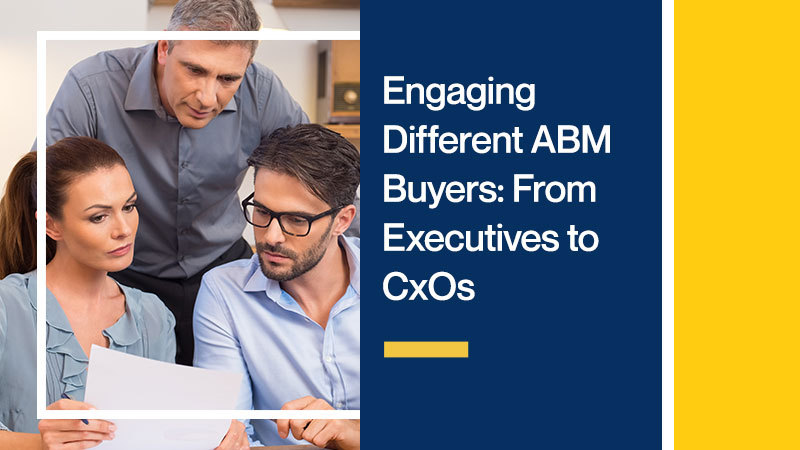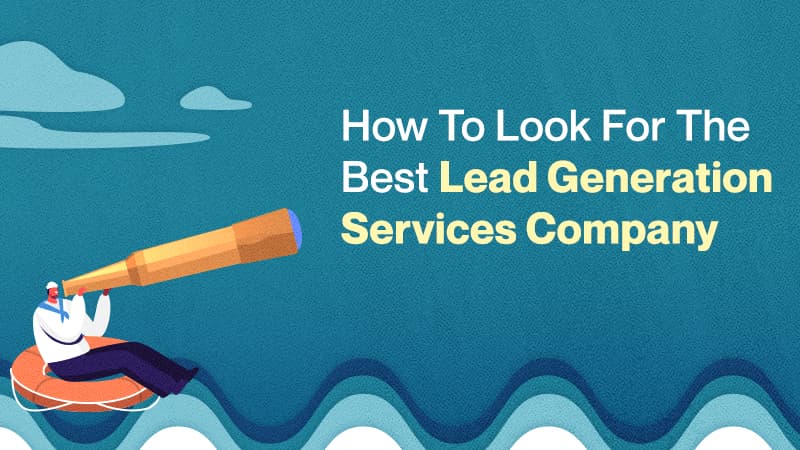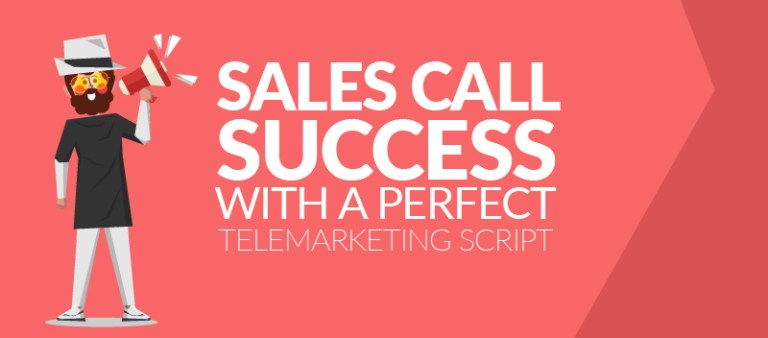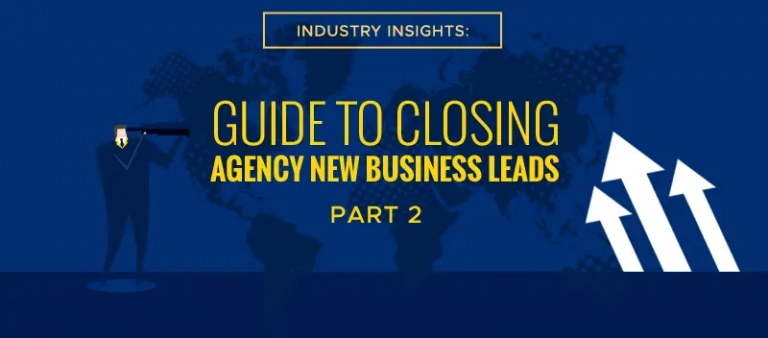Account-based marketing has been around for years already and as the years have passed, more and more companies ranging from big enterprises down to small businesses have adapted ABM into their marketing strategies.
Ultimately, what it all comes down to when it comes to ABM is simply being able to identify a handful of potential companies that will likely have a huge impact on your revenues, and then applying marketing programs that are uniquely suited for each individual account.
The key to a successful ABM cycle lies in your account selection and customer profiling. If you don’t have an effective account selection procedure, every other ABM component such as your engagement strategy and the content plan is just not going to work.
Your decision-makers fall into 4 major buyer roles:
Identify
The Champion
Your number one advocate in a targeted account is going to be the champion as he is most likely to gain the most benefit from your solution. The primary decision-makers that you’ll be interacting with here are your HR directors, HR managers, etc.
The Influencer
As you’ll be working with CEOs, VPs, and directors as your main decision-makers, they hold a bigger sway over anyone else’s decisions due to their authority and expertise in the solution. In some special cases, though, your Influencer can also be a champion as they sometimes overlap each other depending on the product you’re selling.
The Economic Buyer
It’s quite rare that you’ll get to communicate with this type of buyer directly. However, when the product is being sold to them, they might be CC’ed in business emails or they would join in during conference/business meetings. The economic buyer usually enters the scene when the product you’re selling is more complex and their input in the final purchase decision is crucial as they’re the ones who hold exclusive authority to commit funds for the purchase.
The Technical Buyer or Ratifier
Now, these types of buyers need to have any legal, IT, security, and compliance concerns resolved first before they can approve the purchase. You have to make sure that all your products and services are in strict compliance with legal and security protocols in order to gain the trust of this type of buyer.
Expand
Now, identifying your ideal buyer is only a small portion of the prospect information that you need to capture and monitor. You need to incorporate your behavioral data to help you elevate your ABM management strategy to a higher level.
Your leads constantly send out clues and signals throughout the whole sales process which will help you gauge how close they are to becoming your customers. They can be small details or even a specific action but they are crucial in acquiring all the right data you need.
There are 4 types of behavioral information that is going to help you in expanding your ABM data
Intent Data
This type of data usually consists of the actions that your leads have or haven’t taken throughout the sales process (i.e. downloading content, website visits, product reviews, etc.)
Technographics
Your technographic data will let you see what type of technology your target accounts are using. By utilizing your technographic data, you can easily identify both qualified potential customers as well as the customers of your competitors.
Company Bulletin
Any company stories such as current/past projects, funding, and leadership moves can indicate favorable conditions for a sale.
Visitor Data
This type of data includes your prospects’ activities on your marketing automation platform. Two ways that Visitor data can help you: determining interest level based on views frequency and revisits, and segmenting your website visitors using relevant filters such as industry, company size, etc.
Engage
We use ABM to effectively find and target accounts that have the highest potential value. After identifying them we can finally start building a thorough understanding of each potential customer in order to match the overall strategy and product to what the target company needs. So, this means that each account is treated as a single target market where all the stakeholders are involved and no one is being left behind.
This is where the different channels make a huge difference in ABM. When you do targeted outreach it amplifies your ABM efforts by helping you to focus on specific opportunities through scalable, one-on-one touches.
The best and most effective channels that you can use for your ABM are the following:
Email and Social
When sending out initial emails to your prospects, it’s common practice to address their pain points, but now that you have identified and know the account you’re selling to, you are now able to specifically pinpoint their pain points based on the data that you have gathered.
This lets them know that you understand their struggles and that you genuinely want to help them rather than just trying to sell to them.
Phone Calls
For your phone calls, you can apply the same principles used in your emails/socials for your phone calls. The advantage you have here is that your conversation is in real time. Since it’s real time you are able to get instant feedback and ask more probing follow-up questions in order to further qualify your prospects.
Website
Website personalization is an important part of the ABM strategy as it will allow you to tailor your creatives and messaging on the website to each of your target accounts.
Webinar
Last but not least you have your webinars. Like your website, hosting webinars let you engage different buyers at different stages of their buying process. You can create different kinds of webinars such as “how-to” webinars to target the Champion, for example, or hold another webinar about more technical topics for other buyer roles.
Overall, ABM needs a strong marketing database that offers all the right insights and not just merely a leads list. We hope that this guide is going to help you elevate your ABM strategies and increase your conversion and close rates. If you’re curious to learn more, feel free to contact us. We are more than happy to help you!




